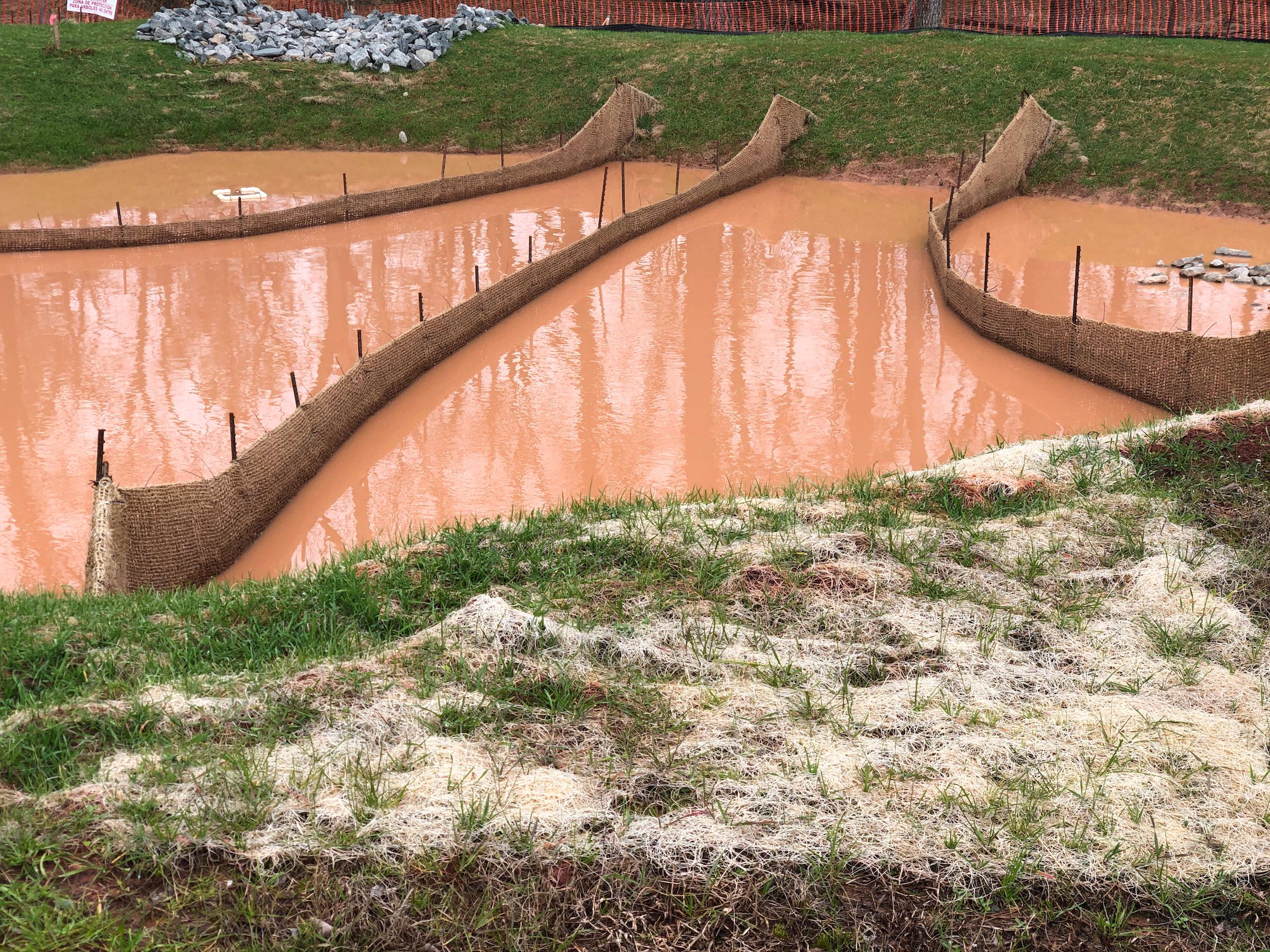
What is TSS? Total Suspended Solids
Total Suspended Solids (TSS) are solids in water that can be trapped by a filter. TSS can include a wide variety of material, such as silt, decaying plant and animal matter, industrial wastes, and sewage. High concentrations of suspended solids can cause many problems for stream health and aquatic life. TSS is visible to the naked eye and can absolutely be reduced.
If your sampling results have come back high in TSS, there are several Best Management Practices that you can use to reduce that. First, study the sampling instructions in Section 6 of your SWPPP. It’s important not to cause yourself unnecessary aggravation by taking your samples incorrectly; for example, don’t scoop up any dirt!. In addition, the person performing the Visual Wet Weather Observations needs to look really closely at the water collected and answer the questions as accurately as possible. This will help to figure out what’s actually in the stormwater runoff.
One of the most frequent contributors to elevated TSS levels is silt. There are several ways to decrease silt in runoff. You can add rip rap in the drainageway to the outfall to decrease the velocity of the runoff, put in a sedimentation pond before the drainageway to allow silt to settle out of the water before it gets to the outfall, or add filters just before the outfall, such as silt fencing, hay bales, and absorbent booms, depending on the configuration of the outfall. If there are catch basins on the property, installing sediment traps in them can reduce the potential for TSS in stormwater discharge.